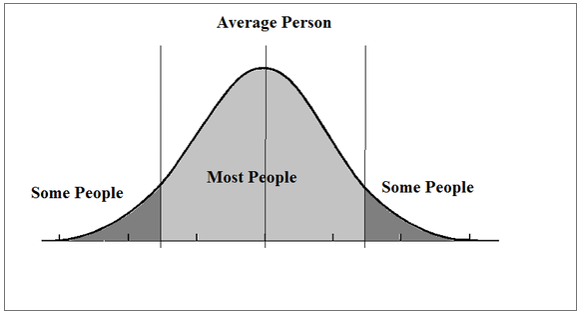On 21 August 2018, the European Commission’s fourth Directive on Indicative Occupational Exposure Limit Values (2017/164/EU) was implemented. New workplace exposure limits for 31 substances have been introduced in this latest version of EH40. For organisations operating in industries that use or generate hazardous substances, understanding the new workplace exposure limits is critical to ensure that appropriate changes can be put into place to ensure regulation compliance and protect the health of their employees.
What are WELs?
Workplace exposure limits (WELs) outline the highest acceptable concentration of an airborne hazardous substance in the workplace. A WEL is defined as the concentration of a hazardous substance in the air, averaged over a specified reference period referred to as a time-weighted average. Two types of WEL are used: a long-term exposure limit, calculated using a Time Weighted Average (TWA) over eight hours; and a short-term exposure limit (STEL) over 15 minutes.
Exposure to a substance is uptake into the body, so it is important to remember that this is not just through breathing them in. You must also consider skin contact or swallowing of the substance.
It is important to note that the WEL is not a safe working limit, it is the point that an average person starts to become ill. It is good practice to work to 1/10 of the WEL therefore protecting the majority of the working population.

Many thousands of substances are used at work but only about 500 substances have WELs. You can view the amended EH40 document here. Substances that have been assigned a WEL are subject to the requirements of COSHH. These regulations require employers to prevent or control exposure to hazardous substances.
Which WELs have been Added or Revised?
Details of the 31 changes to the EH40 document are summarised below. At Vent-Tech we can help advise on any changes these may have on your COSHH assessments and what changes are necessary within your business to ensure you are compliant.
New WELs substances:
• 2-ethylhexan-1-ol
• Acetic acid
• Acrylic acid
• Amitrole
• But-2-yne-1,4-diol
• Diacetyl
• Glycerol trinitrate
• Methyl formate
• Nitroethane
• Nitrogen dioxide
• Nitrogen monoxide
• Sulphur dioxide
• Hydrogenated terphenyl
• Tetraethyl orthosilicate
New 8-hour time-weighted averages (TWAs) were introduced for:
• 2-ethylhexan-1-ol
• Amitrole
• But-2yne-1,4-diol
• Calcium dihydroxide (respirable fraction)
• Calcium oxide (respirable fraction)
• Hydrogen cyanide (as cyanide)
• Nitrogen monoxide
• Tetraethyl orthosilicate
New 8-hour TWA and short-term exposure limits (STELs) were introduced for the following substances:
• Acetic acid
• Acrylic acid
• Diacetyl
• Glycerol trinitrate
• Methyl formate
• Nitrogen dioxide
• Sulphur dioxide
• Hydrogenated terphenyl
New skin notations have been added for the following substances:
• 1,4-dichlorobenzene
• Glycerol trinitrate
• Methyl formate
• Tetrachloroethylene
The following substances required reductions to the existing WELs:
• 1,4-Dichlorobenzene
• Acrolein
• Bisphenol A
• Carbon monoxide
• Carbon tetrachloride
• Manganese and inorganic manganese compounds
• Methylene chloride (dichloromethane)
• Potassium cyanide (as cyanide)
• Sodium cyanide
• Tetrachloroethylene
• Vinylidene chloride
A STEL was introduced for:
• Acetic acid
• Acrylic acid
• Calcium dihydroxide
• Calcium oxide
• Carbon tetrachloride
• Diacetyl
• Diphenyl ether
• Glycerol trinitrate
• Lithium hydride
• Manganese and inorganic manganese compounds
• Methyl formate
• Nitroethane
• Nitrogen dioxide
• Potassium cyanide (as cyanide)
• Sodium cyanide (as cyanide)
• Sulphur dioxide
• Hydrogenated terphenyl
• Vinylidene chloride
The existing 8-hour TWA WEL was removed and the IOELV STEL was adopted for:
• Lithium hydride
Whatever industry your business operates in it is of paramount importance to protect your workers from exposure to harmful substances. Even if the substance does not have a WEL, it doesn’t mean it is safe. Aside from wanting to keep your personnel safe, you should also be aware that you could be hit with a hefty fine for non-compliance.
Can Vent-Tech Help You?
Here at Vent-Tech we firmly believe that dust and fume extraction is more than just a health and safety compliance process. We are determined as a company to operate to the highest possible standards, but also to drive the industry forwards.
If you have any questions regarding the changes to the EH40 and how this may affect your compliance, please contact one of our expert team today on 0117 964 7945.

